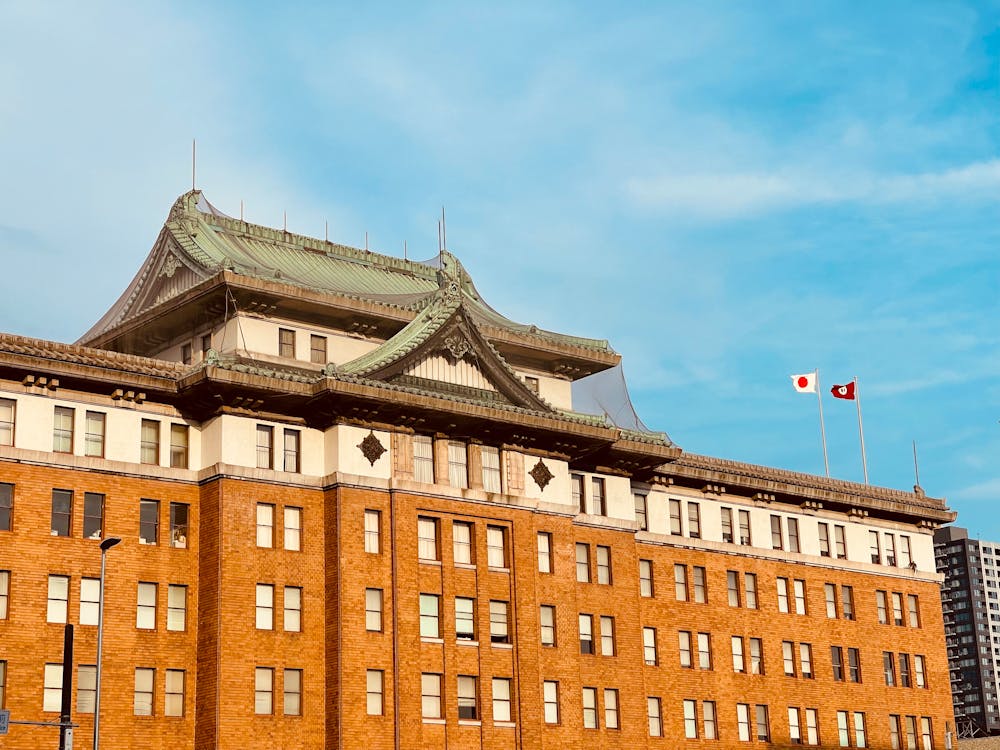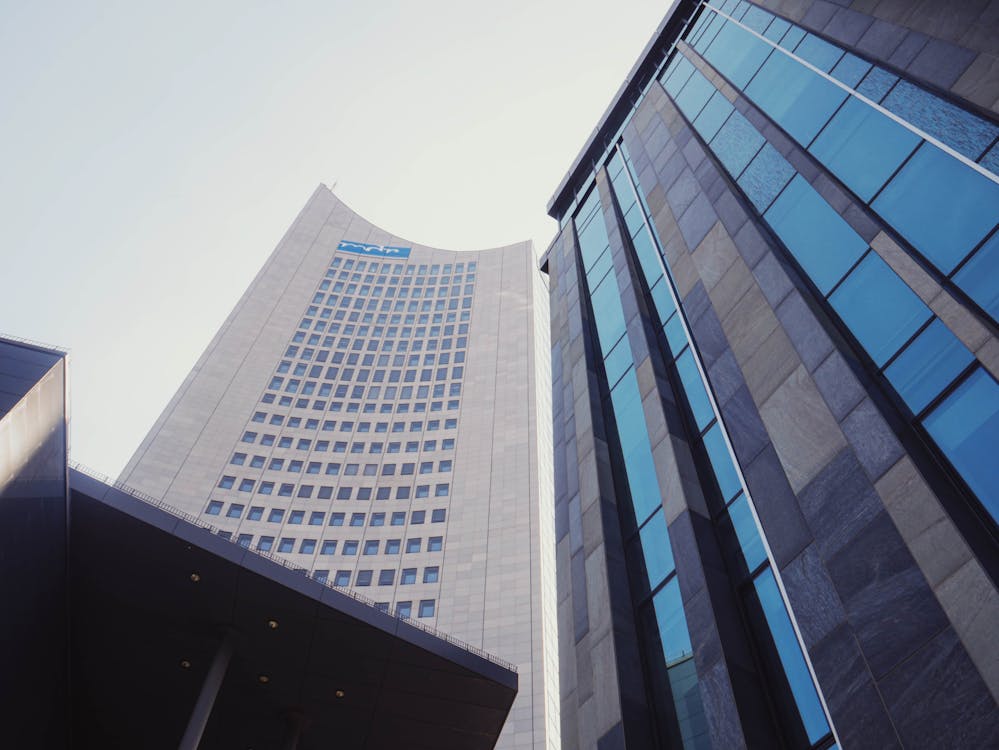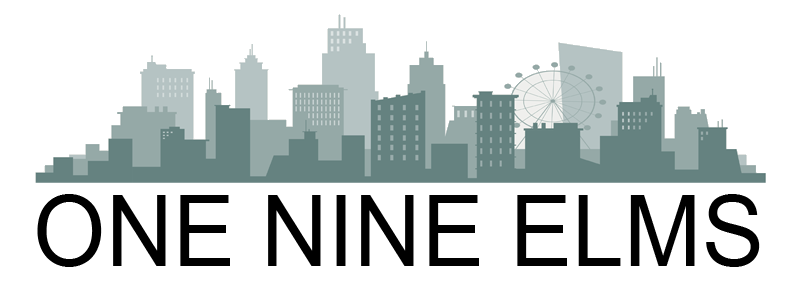In today’s digital age, where content creation and sharing are at the forefront, there’s an increasing interest in capturing various aspects of life, including places that were once off-limits to cameras. One such topic that has gained attention is filming inside government buildings. This article will delve into the intricacies and complexities surrounding this issue, exploring the legal, security, and ethical considerations involved.
In an era where information dissemination is more rapid than ever, the curiosity to capture the inner workings of government institutions has sparked discussions about filming inside government buildings. This article aims to provide insights into the various dimensions of this practice, shedding light on both the advantages and challenges it presents.

Cheng CJ
The Legal Landscape
Before attempting to film inside government buildings, it’s crucial to understand the legal framework that governs such activities. Depending on your jurisdiction, there might be specific laws and regulations that determine whether filming is allowed, and if so, under what conditions. These laws often balance the need for transparency with the necessity of safeguarding sensitive information.
Security Concerns and Mitigation
Government buildings house classified information and activities that require stringent security measures. Filming inside these spaces can inadvertently expose vulnerabilities, making it imperative to address security concerns adequately. Implementing strict security protocols, such as restricted filming zones and thorough equipment checks, can help mitigate these risks.
Ethical Considerations
Ethics play a pivotal role when it comes to filming inside government buildings. While transparency is essential for a well-informed citizenry, filmmakers must navigate the fine line between revealing crucial operations and respecting individuals’ privacy. Striking this balance requires careful consideration and a strong commitment to journalistic integrity.
Guidelines for Filming Inside Government Buildings
To ensure responsible and respectful filming, certain guidelines need to be followed. These include obtaining proper permissions, adhering to designated filming areas, and refraining from capturing classified information. By adhering to these guidelines, filmmakers can contribute to a more open and informed society without compromising security.
The Role of Technology
Advancements in technology have revolutionized the way content is created and shared. From discreet filming equipment to real-time streaming capabilities, technology offers innovative ways to document government proceedings while minimizing disruptions and security risks.
Examples of Filming Permissions
Several instances have demonstrated the importance of allowing filming inside government buildings. Documentaries showcasing legislative sessions or behind-the-scenes decision-making processes have enriched public understanding and promoted accountability. These examples underscore the value of responsible and well-regulated filming practices.
Challenges Faced by Filmmakers
Filming inside government buildings comes with its share of challenges. Overcoming bureaucratic hurdles, gaining access to restricted areas, and navigating complex approval processes can be time-consuming and frustrating for filmmakers. However, these challenges should not deter those who believe in the significance of transparent reporting.

Alex Does Pictures
Benefits of Transparent Filming
Transparent filming inside government buildings has the potential to foster trust between citizens and their elected representatives. It provides a firsthand view of the legislative and administrative functions, enabling the public to make informed judgments and hold officials accountable for their actions.
Public Opinion and Discourse
The act of filming inside government buildings often sparks public conversations about the need for transparency, the role of the media, and the balance between security and openness. These discussions contribute to a more engaged and informed citizenry that actively participates in democratic processes.
Ensuring Accountability
Filming inside government buildings serves as a tool for ensuring accountability among officials. The knowledge that their actions are being documented can encourage transparency and responsible decision-making, ultimately leading to a more just and effective government.
Balancing Access and Security
Finding the equilibrium between providing access for filmmakers and maintaining security is a complex task. Striking this balance requires collaboration between authorities and content creators to establish clear guidelines and ensure that the filming process respects both the public’s right to know and national security interests.

Bruno Pellegrino
Collaboration Between Filmmakers and Authorities
A cooperative approach between filmmakers and government authorities can lead to mutually beneficial outcomes. By fostering open communication channels, authorities can guide filmmakers on what can be captured responsibly, while filmmakers can contribute to the narrative of government operations.
In an age where transparency and accountability are paramount, the practice of filming inside government buildings plays a vital role. By adhering to legal frameworks, respecting security protocols, and maintaining ethical standards, filmmakers can contribute to a more informed and engaged citizenry, ultimately strengthening democratic institutions.
